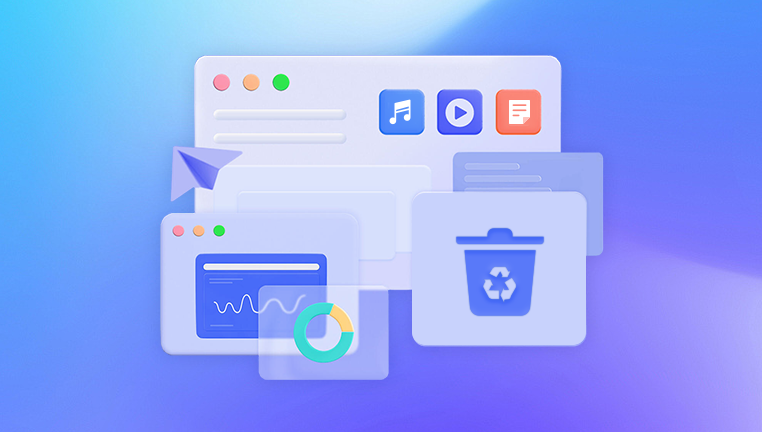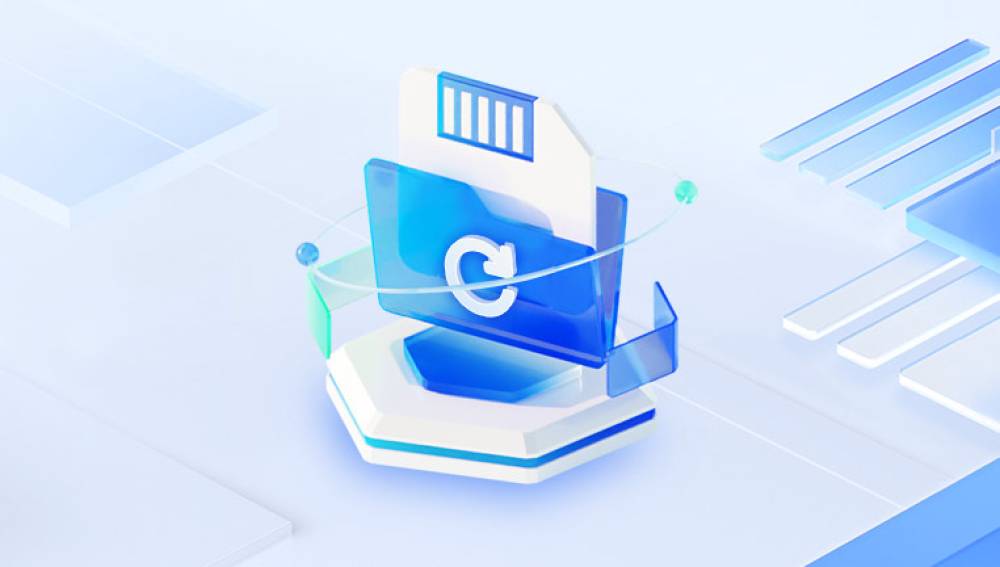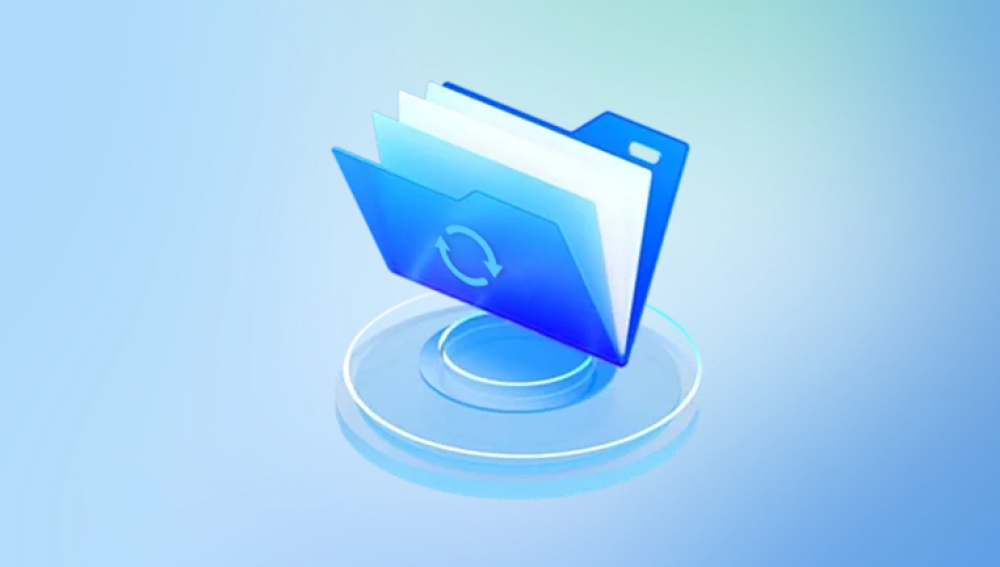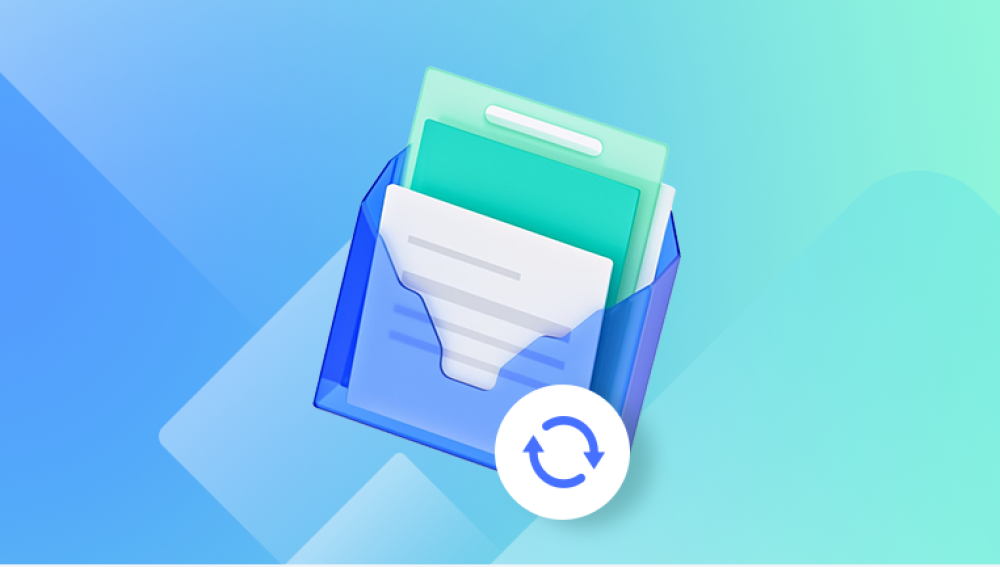Encountering the error message "File cannot be accessed by the system" can be frustrating, especially when it appears unexpectedly and seemingly without cause.
Common Causes
1. File Corruption
File corruption is one of the primary reasons why a file cannot be accessed. This can happen due to various factors such as improper shutdowns, software crashes, or malware infections. Corrupted files can become unreadable or inaccessible to the system, resulting in error messages.
2. System Conflicts
System conflicts occur when there are incompatible software or hardware components that interfere with each other. This can lead to the system being unable to access certain files. Conflicts might arise from outdated drivers, incompatible software updates, or even conflicting system settings.

3. Permissions Issues
File and folder permissions play a crucial role in determining who can access or modify them. If the necessary permissions are not set correctly, users might encounter errors when attempting to access certain files. This is particularly common in multi-user environments where files might be shared among different users with varying permission levels.
4. Hardware Problems
Hardware issues such as failing hard drives, faulty cables, or damaged storage media can also prevent the system from accessing files. These problems can cause data to become corrupted or unreadable, leading to access errors.
5. Network Issues
For files stored on network drives or accessed over the internet, network-related issues can prevent access. Network interruptions, server downtime, or incorrect network configurations can all contribute to this problem.
Effective Solutions
1. Run System Diagnostics
Running system diagnostics can help identify and fix issues that might be preventing access to files. Both Windows and macOS offer built-in diagnostic tools that can check for hardware and software problems.
Windows:
Step 1: Open the Control Panel and go to System and Security.
Step 2: Select Security and Maintenance.
Step 3: Under Maintenance, click on Start maintenance.
macOS:
Step 1: Restart your Mac and hold down the D key while it boots up.
Step 2: Follow the on-screen instructions to run the Apple Diagnostics tool.
2. Check File Permissions
Ensuring that the appropriate permissions are set for the file or folder in question can resolve access issues.
Windows:
Step 1: Right-click on the file or folder and select Properties.
Step 2: Go to the Security tab.
Step 3: Click on Edit to change permissions for specific users or groups.
macOS:
Step 1: Right-click on the file or folder and select Get Info.
Step 2: In the Sharing & Permissions section, adjust the permissions as needed.
3. Use File Recovery Tools
If the file is corrupted, using file recovery tools can help restore it to a usable state. There are various third-party software options available for both Windows and macOS that specialize in file recovery.
Windows:
Software Examples: Recuva, EaseUS Data Recovery Wizard, Disk Drill.
macOS:
Software Examples: Disk Drill, Data Rescue, Stellar Data Recovery.
4. Update Drivers and Software
Outdated drivers or software can cause system conflicts. Keeping your system up-to-date can resolve compatibility issues that might prevent file access.
Windows:
Step 1: Open the Device Manager.
Step 2: Right-click on any device and select Update driver.
macOS:
Step 1: Open the App Store.
Step 2: Go to the Updates tab and install any available updates.
5. Check and Repair Disk Errors
Running disk check and repair utilities can identify and fix errors on your storage media that might be causing file access issues.
Windows:
Step 1: Open Command Prompt as an administrator.
Step 2: Type chkdsk /f and press Enter.
macOS:
Step 1: Open Disk Utility from the Utilities folder.
Step 2: Select your disk and click on First Aid.
6. Address Network Issues
For files accessed over a network, ensuring that your network connection is stable and properly configured is crucial.
Steps:
Step 1: Check your network cables and connections.
Step 2: Restart your router or modem.
Step 3: Ensure that the network drive or server is online and accessible.
Preventive Measures
1. Regular Backups
Regularly backing up your files ensures that you have access to them even if they become corrupted or inaccessible. Utilize cloud storage services or external hard drives to keep copies of important data.
2. Maintain System Updates
Keeping your operating system, drivers, and software up-to-date can prevent many of the conflicts that lead to file access issues. Enable automatic updates to ensure you receive the latest security patches and improvements.
3. Use Reliable Antivirus Software
Installing and maintaining reliable antivirus software can protect your system from malware that might corrupt files or interfere with system operations.
4. Avoid Abrupt Shutdowns
Always shut down your system properly to avoid file corruption caused by improper shutdowns. Use UPS (Uninterruptible Power Supplies) for desktops to prevent shutdowns during power outages.
5. Monitor Hardware Health
Regularly check the health of your storage devices. Tools like SMART monitoring can provide early warnings of potential hard drive failures.
6. Manage Permissions Carefully
In multi-user environments, carefully managing file and folder permissions can prevent unauthorized access and potential file corruption. Regularly review and update permissions as needed.
The "File cannot be accessed by the system" error can be daunting, but understanding its common causes and applying effective solutions can help you resolve it efficiently. By running system diagnostics, checking permissions, using file recovery tools, updating drivers and software, and addressing network issues, you can regain access to your files. Moreover, implementing preventive measures such as regular backups, maintaining system updates, using reliable antivirus software, avoiding abrupt shutdowns, monitoring hardware health, and managing permissions carefully can help you avoid such issues in the future. With these strategies, you can ensure that your files remain accessible and your system runs smoothly.




